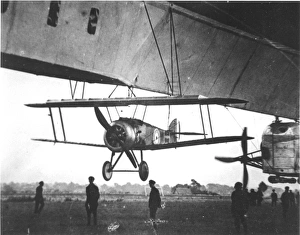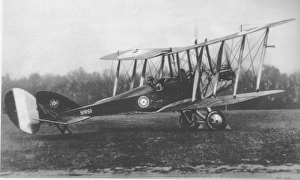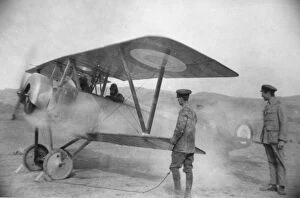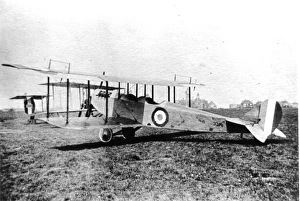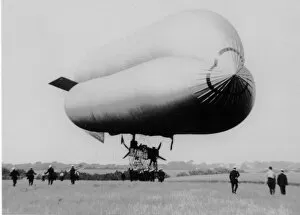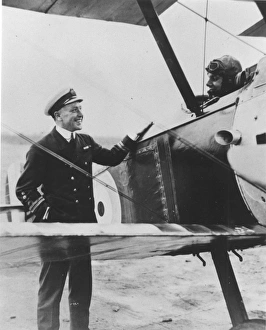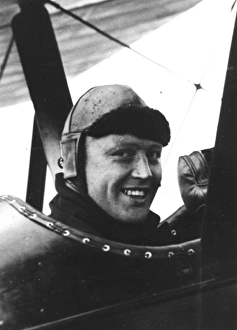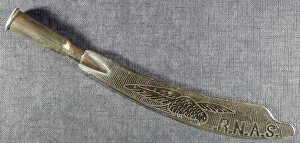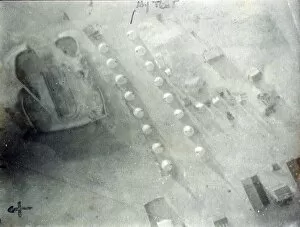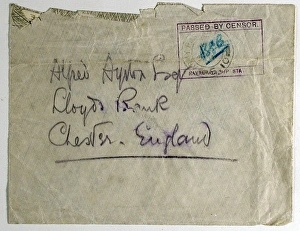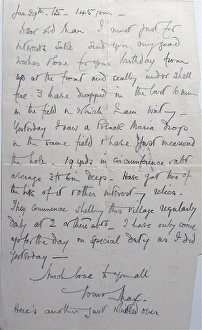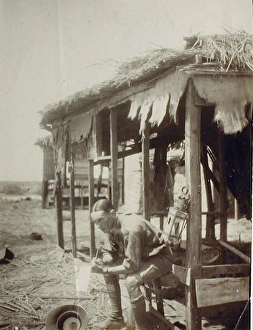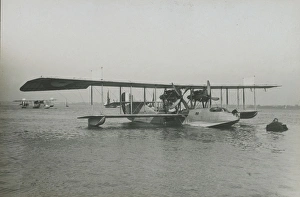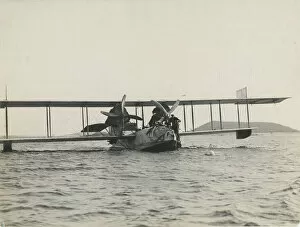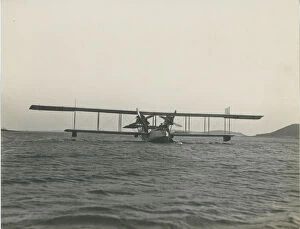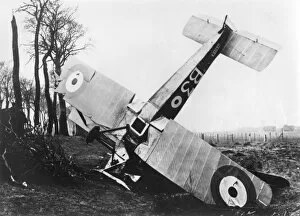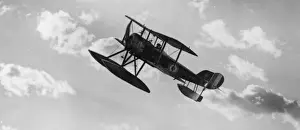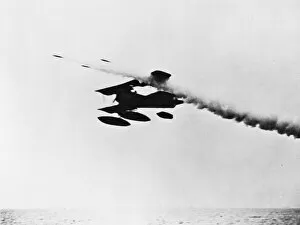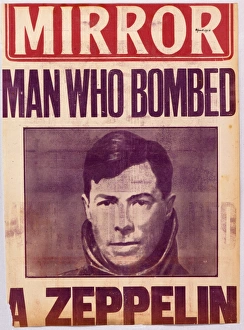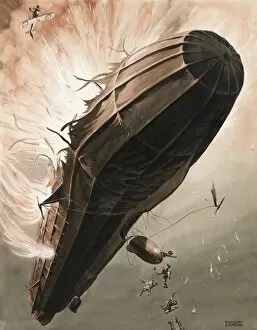"Exploring the Skies: A Glimpse into RNAS Aviation History" Step back in time and witness the remarkable aircraft that once graced the skies under the banner of the Royal Naval Air Service (RNAS). From legendary planes like Sopwith Pup N5186 to Fleet Air Arm's de Havilland DH. 115 Sea Vampire T. 22 XA160, these aerial marvels took flight with grace and power. But it wasn't just planes that defined RNAS's legacy; they also ventured into airships, such as the Vickers R 23 British airship, which soared through clouds with elegance unmatched. Meanwhile, Curtiss JN4 Jenny of the RNAS showcased their versatility in both training and reconnaissance missions. The RNAS Curtiss H12 Large America models, numbered 8671 and 8651 respectively, symbolized innovation and progress in aviation technology during those times. These magnificent machines paved the way for future advancements in aeronautics. Not limited to aircraft alone, even colossal structures played a role within RNAS history. The British Army Airship Beta found its home within an impressive hangar - a testament to engineering ingenuity. During World War I, bravery knew no bounds as witnessed by daring acts like a Sopwith Pup of the RNAS taking off amidst adversity. And who could forget moments like when a British biplane dropped torpedoes from above during intense battles? In this captivating era of aviation history, heroes emerged too – one such legend being William Reefe Robinson VC RFC who displayed extraordinary courage during World War I. As we delve deeper into this mesmerizing past, let us not overlook HMS Indomitable alongside Supermarine Seafires - symbols of strength protecting our shores during perhaps tumultuous times in the 1940s. Through these glimpses into yesteryears' skies filled with brave pilots and groundbreaking technology emerges an appreciation for the RNAS's contributions to aviation history.



